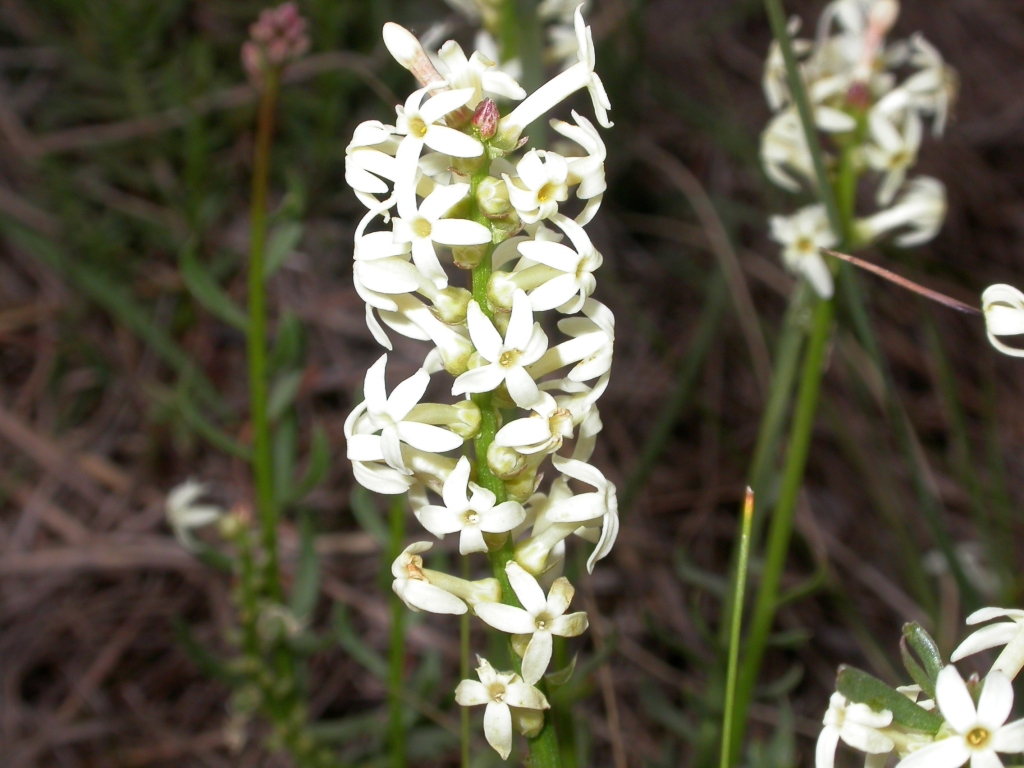Celastraceae
Trees, shrubs, or herbs (annuals or perennials), sometimes deciduous. Leaves alternate or opposite, simple, rarely scale-like or absent; stipules small or absent. Plants polygamous, monoecious or dioecious. Inflorescence axillary or terminal, cymose, thyrsoid, paniculate, racemose, or flowers solitary; bracts usually present. Flowers regular, usually bisexual, sometimes unisexual; sepals 3–5, imbricate or valvate, free or united at base; petals 3–5, imbricate, rarely valvate, contorted, free or fused to varying degrees; stamens usually 2–5, opposite sepals, rarely alternating with staminodes, filaments inserted on or beneath disc (if present), anthers usually 2-celled, opening by longitudinal slits; disc usually conspicuous, fleshy; ovary superior, partly or completely immersed in disc or free, 1–10-celled, ovules 1–many per cell, erect or rarely pendulous, style prominent, short or obsolete, stigma capitate or 2–5-lobed. Fruit a loculicidal capsule, schizocarp, berry, samara or drupe; seeds often arillate, sometimes winged.
About 95 genera with c. 1400 species, cosmopolitan; 17 genera (8 endemic) and about 55 species in Australia.
Now includes Hippocrateaceae (not present in Victoria) and Stackhousiaceae.
Jeanes, J.A. (1999). Celastraceae. In: Walsh, N.G.; Entwisle, T.J., Flora of Victoria Vol. 4, Cornaceae to Asteraceae, pp. 47–48. Inkata Press, Melbourne.
 Spinning
Spinning


